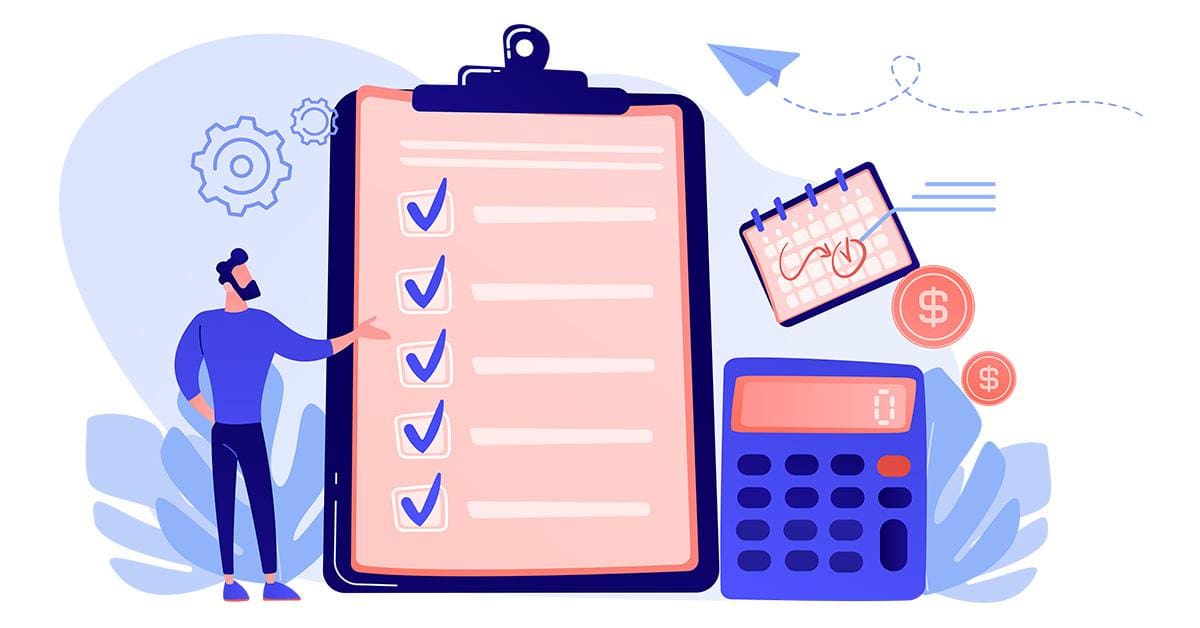The target audience for this material is Canadian high school students in grades 11 and 12. Individuals are expected to have basic math knowledge and sufficient English language skills. The course is online semi-asynchronous and requires a computer. If a student does not have access to a computer, one will be provided to them by the high school. Learning challenges that occur in public high schools will be addressed through adaptations for each student’s needs. For example, if a student is visually impaired, text-to-speech audio will be provided.
We believe that any student regardless of their background, learning difficulties, exceptionalities, or potential barriers should be given the opportunity to take our course. Learning about finance is important for everyone from all walks of life.
Here are some examples of adaptations we are prepared to implement in alliance with UDL Guidelines:
- Hearing impaired: incorporating speech-to-text programs, videos that include subtitles, any audio information will also be provided in text format, text format for the information involved in group assignments, especially communication between group members.
- Learning difficulty, developmental delay, Autism/Spectrum disorder, or Down syndrome: zoom help sessions with an Educational Assistant and/or one of the instructors to break down tasks into smaller more manageable chunks, scaffolding assignments, options to work at a slower pace, extra help with computer use, assistive technologies specific to the needs of the student, buddy system with another student in the course that would be willing to be a mentor.
- Mental health issues: regular check-ins with instructors, with good time-management skills, students may take days to themselves due to the course being online.
- Dyslexia/dyscalculia: larger print, straightforward, simple fonts, text/instructions in audio format, repetition of instructions, fewer items per page, encouraging the use of calculators, option for students to verbally show their learning.
- Giftedness: extra challenge work, additional inquiry project on finance if needed, opportunities to help/teach other students, modifying certain assignments to further their thinking, deeper-thinking level reflection questions.
References
“The Most Common Disabilities Seen In School.” The Most Common Disabilities Seen in School, https://www.teach-nology.com/teachers/special_ed/disabilities/. Accessed 8 Aug. 2023.
“The UDL Guidelines.” UDL, 19 July 2023, udlguidelines.cast.org/.
